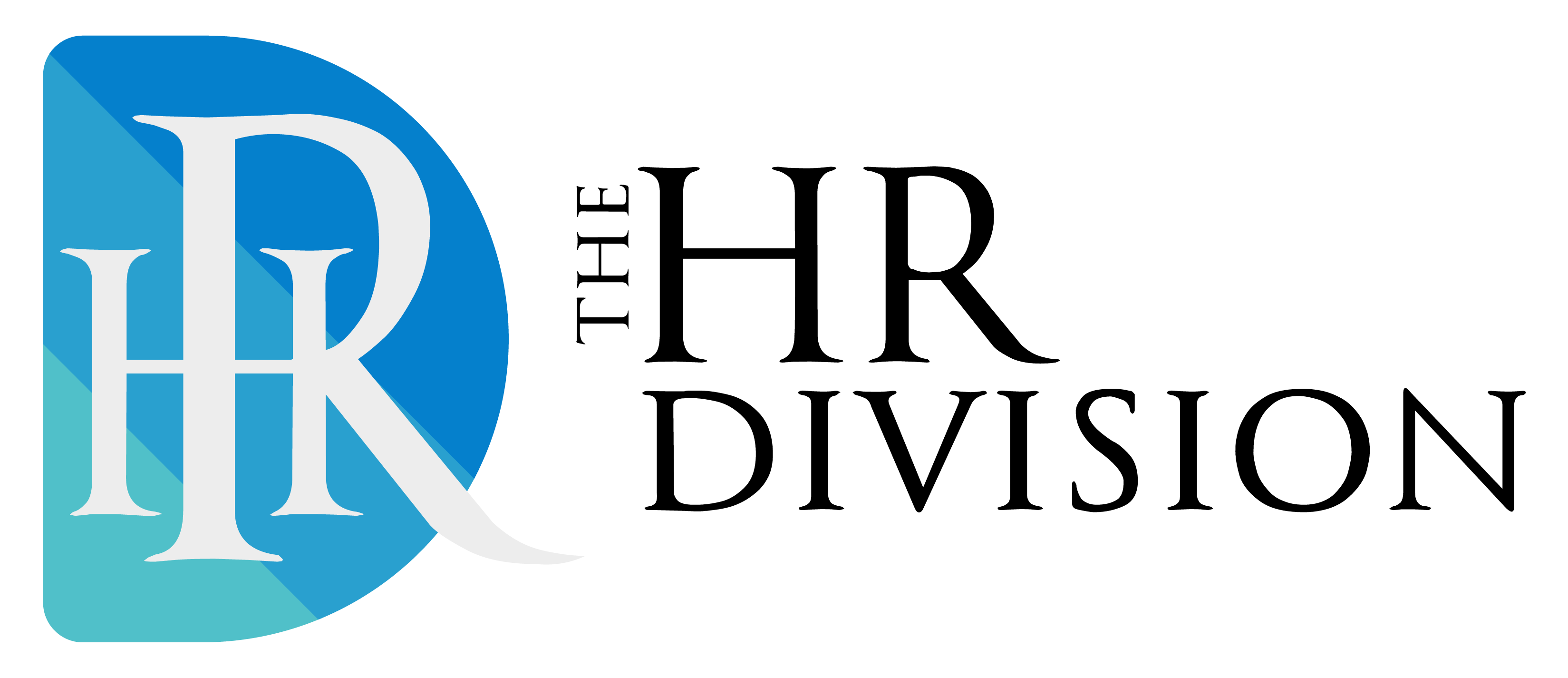Direct Discrimination
Direct discrimination occurs when a person receives discriminatory treatment because they possess a protected characteristic. For example, it is direct discrimination for a company to advertise a driving job only to male applicants. Alternatively, an older employee may be left out of a social media marketing team due to their age despite having the same experience as younger employees. In some instances, direct discrimination may be objectively justifiable. For instance, a Roman Catholic school may justify hiring baptised Catholics only.
For a worker to take legal action against direct discrimination, the unfavourable treatment must apply to other employees who do not possess the protected traits. Some of these protected characteristics laid out in the Equality Act 2010 include:
• Age
• Gender reassignment
• Disability
• Pregnancy
• Marriage and civil partnership
• Sexual orientation
• Race and colour
• Religion and beliefs
Direct discrimination by association covers an employee’s unfavourable treatment due to their association with a person with protected traits. For instance, someone could suffer because their partner is disabled.
Direct discrimination by perception occurs when an employee is perceived to possess a particular protected trait. For instance, when someone is thought to be of a particular sexual orientation and receives less favourable treatment due to the perception, whether the perception is correct or false.
Whether discrimination is intentional or unintentional, an employee can file a claim against the perpetrator. Often, the focus is on the victim’s feelings rather than the perpetrator’s intentions, as long as they prove the unfavourable treatment.
Indirect Discrimination
Indirect discrimination happens when an employer introduces a provision, criterion or practice that affects everyone without considering employees with protected traits. It happens when an employer treats everyone equally, but it hurts some people. For example, an employer can introduce a minimum height requirement, and the rule could indirectly discriminate against people with disabilities. While the rule is neutral and applies to all employees, it can be indirect discrimination to some people.
To prove indirect discrimination, the victim must explain how a rule or work practice impacts them negatively compared to other employees. The employee must also possess a protected characteristic that the rule violates.
Rare Instances When Indirect Discrimination Is Justifiable
Employers can justify indirect discrimination if they have a legitimate aim for introducing the provision, criterion or practice. However, the legitimate aim should not be discriminatory and must be genuine, appropriate and necessary for smooth business operations. You should also prove that you examined your practices’ effects and the current measures are the least discriminatory to protected persons. Some legitimate reasons for indirect discrimination can include:
• Maintaining employee’s health, safety and welfare.
• Efficient running of the business.
• Legal requirements for the provision of certain services.
When an employer states that they require a 10-year work experience, it can discriminate against younger people who may have the required skills and knowledge. However, if it is a senior management position, the employer can argue that the employee must have the experience to perform their responsibilities efficiently.
Workplace discrimination can also be in the following forms:
• Wrongful dismissal of employees.
• Withholding of information necessary for completing your duties.
• Being assigned impossible tasks.
• Receiving less salary compared to colleagues with the same experience.
• Abusive utterances concerning a protected characteristic.
• Unfair denial of promotions and transfer opportunities.
What Can Employers Do to Prevent Direct and Indirect Discrimination?
Employers can take proactive steps to prevent discrimination at work. Some of the practical steps against discrimination include:
Avoid Discrimination During Recruitment
When posting a job advert, you should avoid using discriminative terms. It would help if you gave applicants an equal opportunity by stating the skills and knowledge necessary for performing the responsibilities. Stating years of experience or religious requirements may also be discriminatory. During interviews, ensure you use the same set of questions when interviewing applicants and avoid questions with discriminatory remarks.
Hold Training Sessions on Equality
Raise awareness on the impact of discrimination in workplaces by educating your employees. Hold training sessions to ensure they know the company’s policy on unfavourable treatment and ways to handle the cases. You must also educate supervisors and managers to spot and report any bias and unfair treatment in workplaces through the relevant channels.
Promote Equal Treatment of Employees
Develop a culture of equal treatment of employees in your company. It is also vital to ensure workers are aware of their responsibilities and rights concerning workplace discrimination. The company culture should promote acceptance of other people’s differences.
Create Policies That Guard Against Discrimination
Employers can take a strong stand against discrimination by creating policies that ensure fairness in the work environment. Some of the issues that your policy should address include protected characteristics and acceptable behaviours in the workplace. An employer should provide a clear description of indirect and direct discrimination to avoid misinterpretation of policies.
Formulate Procedures for Addressing Discrimination
It is not enough to create policies; you should have a well-thought plan and process for addressing discrimination claims in your company. It will encourage employees to come forward in case of mistreatment. It would be best if you also promptly and confidentially dealt with the complaints to protect every employee’s rights.
Update Your Company’s Handbook Regularly
Policies and legislation on workplace discrimination are changing continuously. Therefore, you should update your company’s handbook for discrimination to ensure it matches the existing laws and regulations. If you fail to introduce the latest legislation, you may be increasing the chances of discrimination in your company.
Discrimination of employees is a sensitive issue that affects many businesses. An employee may feel unwanted, unhappy, violated and intimidated due to their gender, age or other protected characteristics. Employers also have a lot to lose if an employee proves the discrimination claims before a tribunal. Therefore, both employees and employers should promote a safe and fair work environment for everyone, including minority groups.







